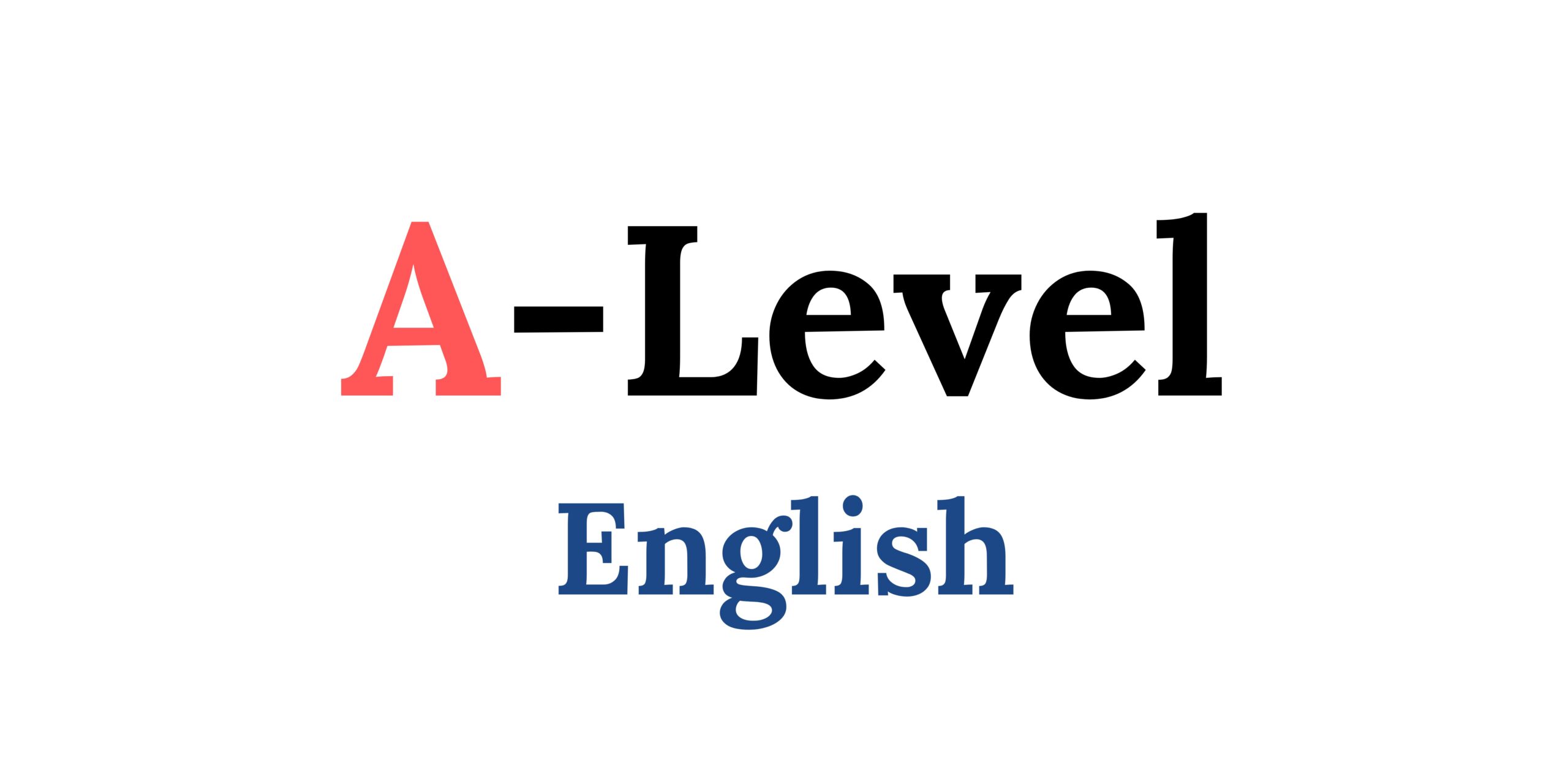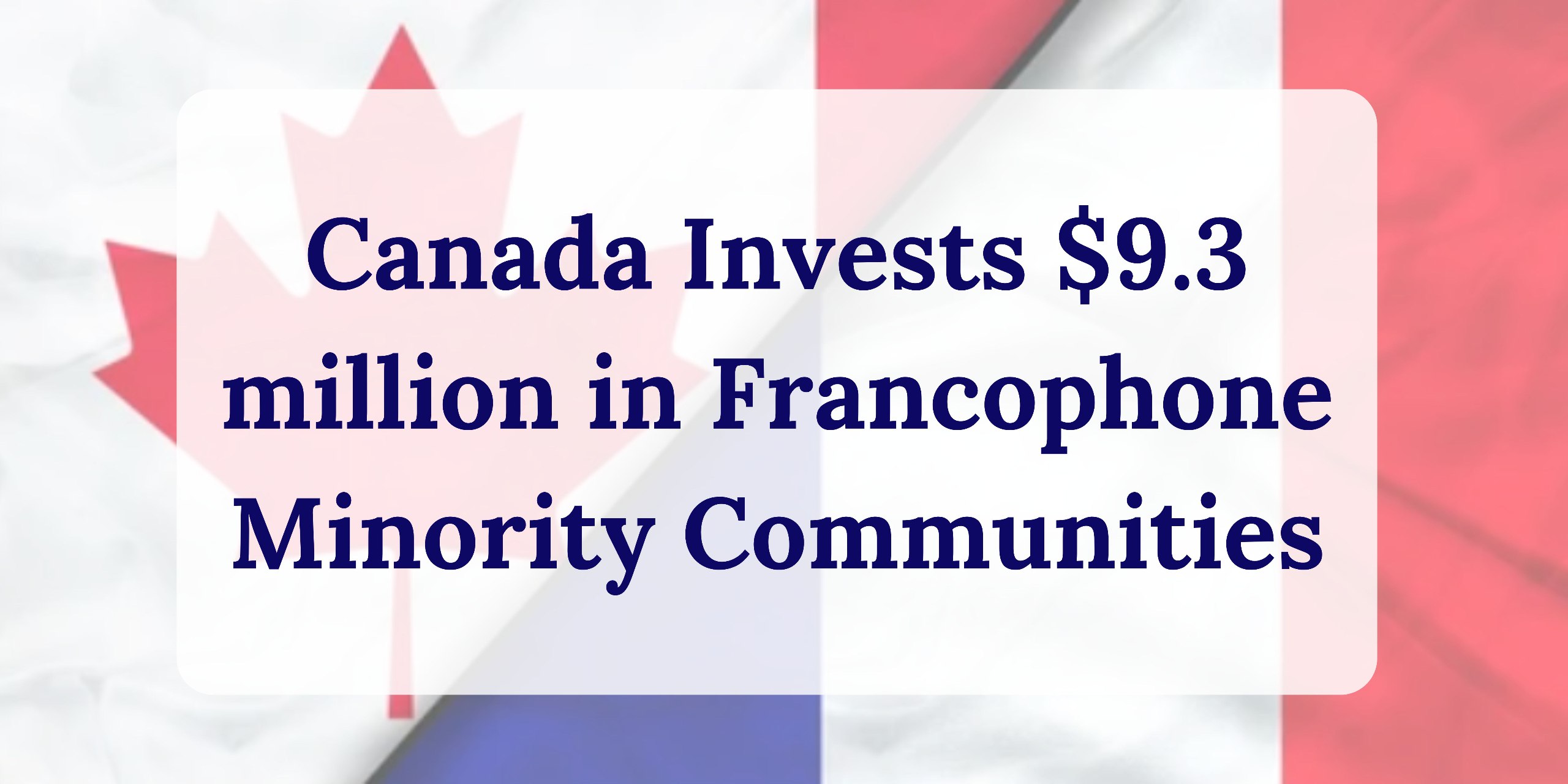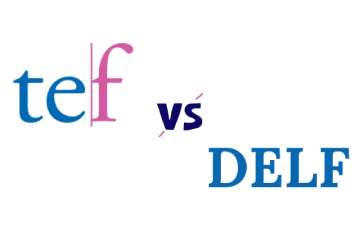
Overview of AQA A-level English Language qualifications
Subject content:
1.1. Textual variations and representations
1.2. Methods of language analysis
1.3. Children’s language development
2.1. Language diversity and change
2.2. Methods of language analysis
2.3. Language discourses
2.4. Writing skills
3.1. Language Investigation
3.2. Original writing
3.3. Methods of language analysis
1. Language, the individual and society
This section aims to introduce students to language study, focusing on textual variety and children’s language development. Students will learn methods of language analysis to explore audience, purpose, genre, mode, and representation. They will also study how children learn and use language to express themselves.
| Syllabus component | Content |
|---|---|
| 1.1. Textual variations and representations | Students should study a variety of texts that vary in topic, author, audience, purpose, genre, mode, time, and place. Text analysis should focus on: • Language shaped by audience, purpose, genre, mode, and context. • The construction of meanings and representations. • The relationship between writers, speakers and audiences. |
| 1.2 Methods of language analysis | Students must identify and describe language features in texts to study textual variations and representations. Key areas of language analysis include: • Phonetics, Phonology, and Prosodics: Articulation and analysis of speech sounds and effects. • Graphology: Visual aspects of textual design and appearance. • Lexis and Semantics: Vocabulary, including social and historical variations. • Grammar and Morphology: Structural patterns at sentence, clause, phrase, and word levels. • Pragmatics: Contextual aspects of language use. • Discourse: Extended communication in different genres, modes, and contexts. |
| 1.3 Children’s language development | Students should explore how children develop spoken and written skills by studying: • Functions of children’s language. • Phonological, pragmatic, lexical, semantic, and grammatical development. • Genres of speech and writing. • Modes of communication (spoken, written, multimodal). • Theories and research on language development. |
2. Language diversity and change
Students will explore how language varies and evolves over time, focusing on:
– Key concepts: audience, purpose, genre, and mode.
– Language in social, geographical, and temporal contexts.
– Processes of language change.
– Social attitudes and debates about language diversity and change.
| Syllabus component | Content |
|---|---|
| 2.1. Language diversity and change | Students should study various texts and data to understand language diversity and change, including: • Sociolects: social and occupational groups, gender, and ethnicity. • Dialects: regional, national, and international English varieties. • Texts from 1600 to the present. • Written, spoken, and electronic texts for different audiences and purposes. • Language data collections and research findings. Key areas of analysis: • Variation due to personal, social, geographical, and temporal contexts. • Reasons for language change and different views on it. • Attitudes towards language variation and change. • Language use according to audience, purpose, genre, and mode. • Language in enacting relationships. |
| 2.2. Methods of language analysis | • Students will use language analysis to: • Identify and describe language diversity and change. • Research and analyze language ideas in texts. Key areas include: • Phonetics, Phonology, and Prosodics: Speech sounds and effects. • Graphology: Textual design and appearance. • Lexis and Semantics: Vocabulary variations. • Grammar and Morphology: Structural patterns. • Pragmatics: Contextual language use. • Discourse: Communication across genres and contexts. |
| 2.3. Language discourses | Students will study various texts that express attitudes toward language diversity and change, including texts for non-specialist audiences. Key areas of exploration include how texts: • Represent language. • Construct the producer’s identity. • Position and influence the reader. • Connect to broader language discourses. |
| 2.4. Writing skills | Students will develop the ability to: • Write discursively about language issues in academic essays. • Write analytically about texts as part of language discourses. • Write about language issues in various forms for non-specialist audiences. |
Want to learn more about Advanced Level Qualifications (A-Levels) and how they can shape your academic future? Click here to explore: A-Level Information.
3. Language in action
Students will explore and analyze language data independently by conducting a language investigation (2,000 words) and creating original writing with commentary (750 words each) on spoken, written, or multimodal data.
| Syllabus component | Content |
|---|---|
| 3.1. Language Investigation | Students choose a language investigation topic of personal interest, such as: • Representations of individuals or groups • Regional dialects • Gendered language • Language in communication technologies • Children’s language • Media language • Code-switching • Occupational language • Historical language changes Students collect and analyze their own data, choosing from spoken, written, multimodal, or other language forms. Possible focuses include children’s writing, dialect surveys, cultural ceremonies, advertisements, sports commentary, and online communication. |
| 3.2. Original writing | Students will create an original writing piece in one of these areas: • The Power of Persuasion: e.g., investigative journalism, a speech on a controversial topic, a letter to an MP. • The Power of Storytelling: e.g., a short story, a biography extract, a dramatic monologue. • The Power of Information: e.g., travel journalism, a blog on social issues, local history. Students will study various style models, choose one in consultation with their teacher, and analyze it to inform their writing. The submission folder includes the original writing, an annotated style model, a reflective commentary, and references. The commentary evaluates the style model, writing process, and final piece. |
| 3.3. Methods of language analysis | The analysis for both the investigation and original writing will be tailored to the chosen research theme, but must cover relevant language levels: • Phonetics, Phonology, and Prosodics: Analysis of speech sounds. • Graphology: Textual design and appearance. • Lexis and Semantics: Vocabulary and variations. • Grammar and Morphology: Sentence and word structures. • Pragmatics: Contextual language use. • Discourse: Communication across genres and contexts. |
Assessment
Exams and assessments will evaluate students’ abilities to:
AO1: Use language analysis methods and terminology with clear expression.
AO2: Understand concepts and issues in language use.
AO3: Analyze context and language features in meaning construction.
AO4: Connect texts using linguistic concepts and methods.
AO5: Communicate creatively and expertly in English.
| Type of assessment | Questions | Final score | Weighting of final grade |
|---|---|---|---|
| Paper 1 Language, the individual and society | 100 marks | 40% of A-level | |
| Section A: Textual Variations and Representations | Two texts (one contemporary and one older text) linked by topic or theme. A question requiring analysis of one text (25 marks) A question requiring analysis of a second text (25 marks) A question requiring comparison of the two texts (20 marks) | 70 marks | 28% |
| Section В: Children’s Language Development | A discursive essay on children’s language development, with a choice of two questions where the data provided will focus on spoken, written or multimodal language | 30 marks | 12% |
| Paper 2 Language diversity and change | 100 marks | 40% of A-level | |
| Section A: Diversity and Change | One question out of two to choose from: 1. Evaluation essay on linguistic diversity (30 points) 2. Evaluation essay on linguistic change (30 points). | 30 marks | 12% |
| Section B: Language Discourses | Two texts about a topic linked to the study of diversity and change. 1. A question requiring analysis of how the texts use language to present ideas, attitudes and opinions (40 marks) 2. A directed writing task linked to the same topic and the ideas in the texts (30 marks) | 70 marks | 28% |
| Non-exam assessment | 100 marks | 20% of A-level | |
| Language in Action | Students Prepare: 1. Language research (2,000 words, not including data) 2. Original writing and commentary (1,500 words total) | 100 marks Assessed by teachers | 20% |
Weighting of assessment objectives for A-level English Language
| Assessment objectives AOs* | Paper 1 (%) | Paper 2 (%) | Non-exam assessment | Total Weighting (%) |
|---|---|---|---|---|
| AO1 | 14 | 8 | 4 | 26 |
| AO2 | 6 | 16 | 4 | 26 |
| AO3 | 12 | 6 | 5 | 23 |
| AO4 | 8 | 6 | 1 | 15 |
| AO5 | – | 4 | 6 | 10 |
| Total weight of components | 40 | 40 | 20 | 100 |
Assessment weightings
Marks will be scaled to meet component weightings. Final marks are the sum of scaled component marks. Grade boundaries are set using total scaled marks.
| Сomponent | Maximum raw mark | Scaling factor | Maximum scaled mark |
|---|---|---|---|
| Paper 1 | 100 | ×2 | 200 |
| Paper 2 | 100 | ×2 | 200 |
| Non-exam assessment | 100 | ×1 | 100 |
| Total scaled mark: | 500 |
If you need help with English Language or any other subject, our tutors are ready to support you on your academic journey. Don’t miss your chance to succeed—take a trial lesson today!











